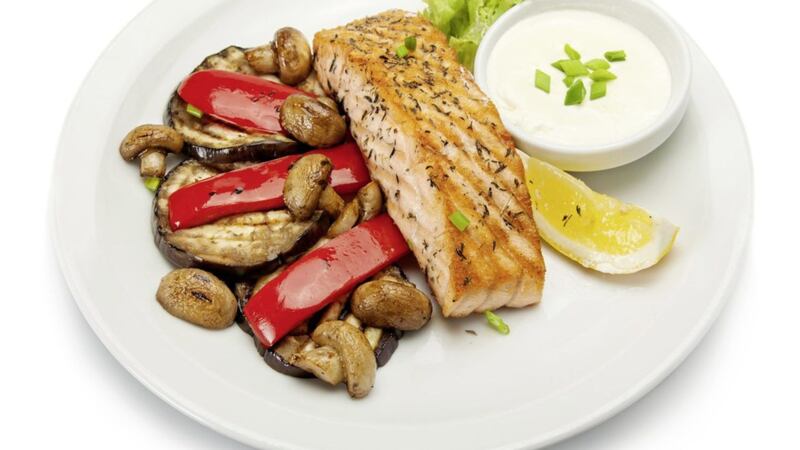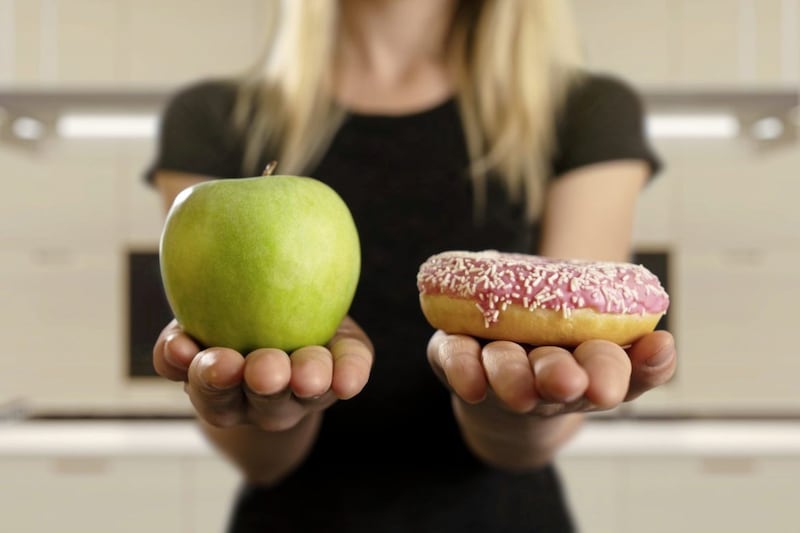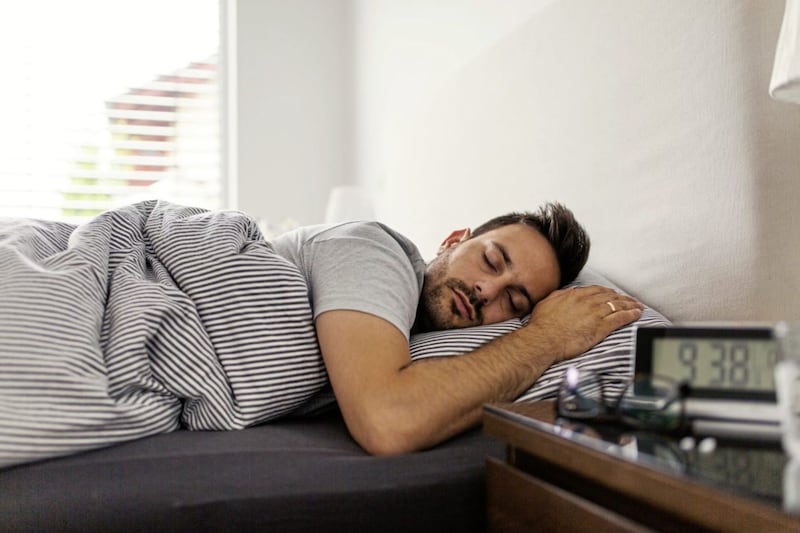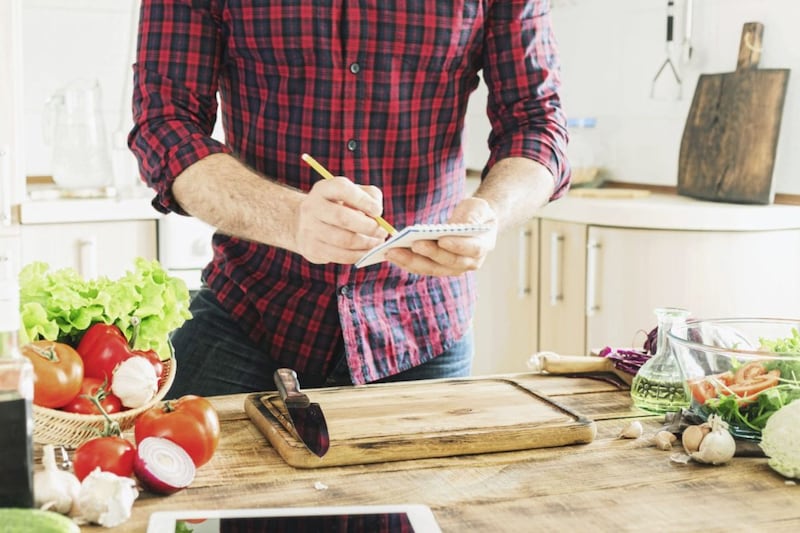ONE of the questions I get asked most often is what is a healthy portion size? We live in a time when supersize portions and family size packs have made it tricky to work out what is ‘normal’ in terms of the amount of food we should have on our plate.
We don’t need to look too far back to see that portion sizes have been gradually increasing, with dire consequences for our waistlines. According to the British Medical Journal, between 1993 and 2013, family size bags of crisps went from 100g to 150g and pizzas grew from 200g to 250g.
Not only have the food manufacturers increased their portion sizes, but we are buying bigger dinner plates and breakfast bowls – and filling them to the brim.
Rates of obesity and being overweight have doubled since the 1980s, increasing our risk of cardiovascular disease, type 2 diabetes and cancer, not to mention the link with food and weight with our mental health – anxiety and depression.
When it comes to our portion size, there are certain factors that affect our choices:
Value for money
Buying slightly larger packs often works out cheaper and who doesn’t love a bargain?
Mindless eating
Whether we like to admit it of not, most of us munch our way through more food than we realise when we are snacking in front of the TV or eating on the go. If we eat when we are distracted, we eat more and don’t realise when we are full. Research also shows that mindless eating makes us eat larger portions later in the day too.
Estimated food portions
We have lost our way a bit in terms of sufficient portion sizes.
So how much is enough?
Although we need to think a little more about what is on our plate, I am not a fan of weighing food. I think we can get too pedantic about portion size and a ‘guesstimate’ is good enough for most people.
I find these simples guidelines work well most of the time:
:: Divide your dinner plate in half and fill one half with vegetables.
:: In the other half, include a palm size portion of protein (eg two eggs, a fillet of fish, a chicken breast, a cupful of pulses, etc.)
:: Add a fist-size portion of slow-release, low-GI carbohydrates (eg brown rice, wholemeal pasta, wholegrains, new or sweet potato). This section can include root veg as well as wholegrains.
If you feel this is not enough on your plate, then pack in more vegetables. The portion to keep in control is the carbohydrate section. Study after study shows that carbohydrate eaten in excess is a primary driver for obesity. Try some alternatives to your rice and pasta to up your veggie intake.
Also take a look at the side of the pack to get an idea of what a portion size should be. This will give you a rough guide as to whether you are getting it right.
How big are your plates?
If you have supersized dinner plates, then it is common sense that it takes more to fill them. Using a slightly smaller plate can help to put things in perspective.
Also think about how deep your dish is – a shallow plate is better for seeing how much you are eating.
THIS WEEK’S TOP TIP:
Fill half your plate with vegetables at lunchtime and dinner. Get creative with ideas like cauliflower rice, spiralised vegetables and trying new and delicious ways of cooking vegetables – roasted Mediterranean vegetables are delicious with a little freshly torn basil and a drizzle of balsamic vinegar – they are lovely eaten hot or cold, so keep some leftovers for your lunchbox tomorrow.
:: More from Jane at vital-nutrition.co.uk








